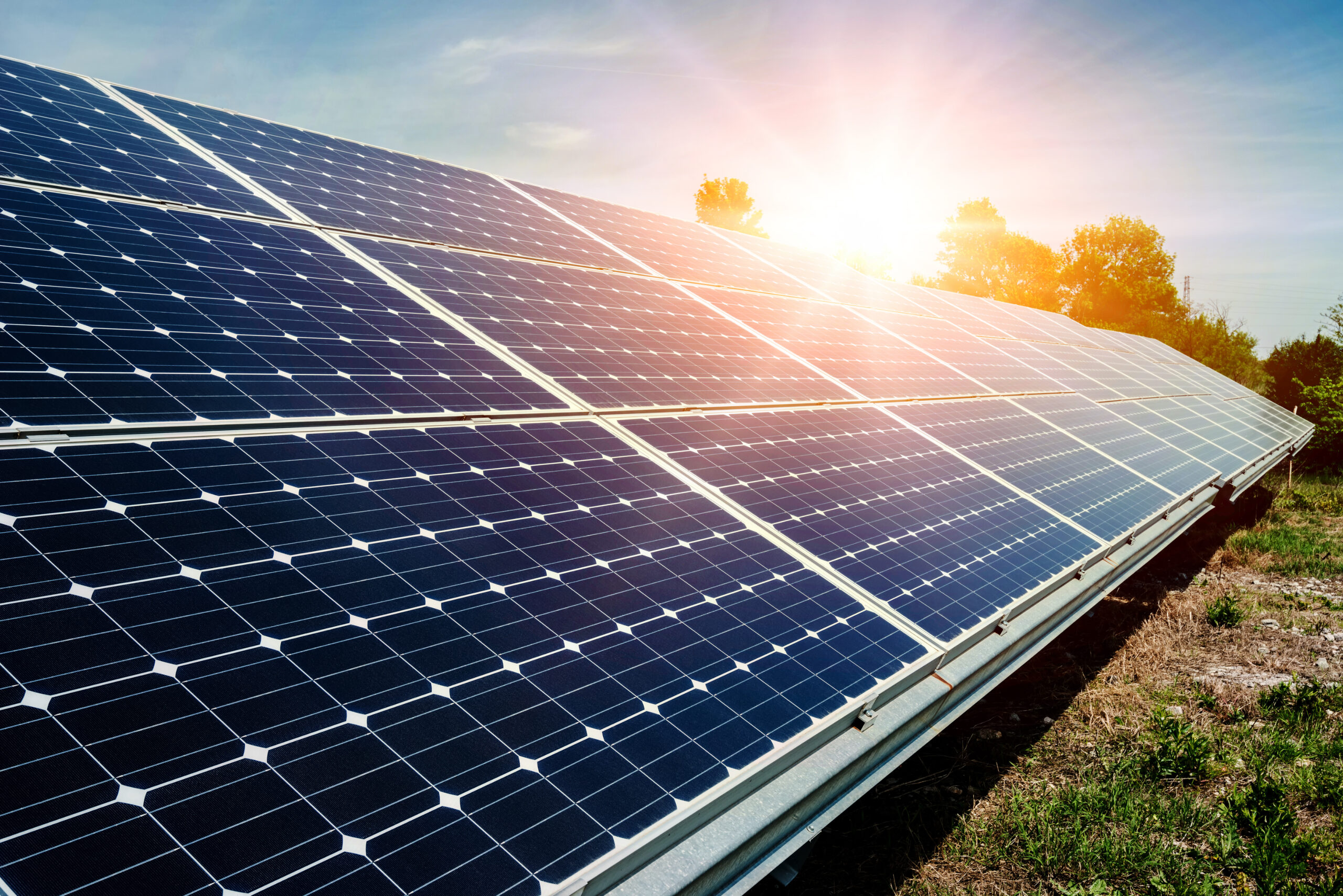
In August of 2022, the Inflation Reduction Act (IRA) was signed into law. To promote the transition to a clean energy economy, it extends and enhances energy incentives for a wide range of green technologies. This legislation not only expanded the scope and amount of tax credits available but also introduced the ability for taxpayers to monetize their credits through direct sales to unrelated third parties. If your business is considering any clean energy projects, here’s what to know before you begin:
What Technologies & Projects are Eligible?
The IRA is designed to incentivize the adoption of a wide variety of clean energy technologies and projects. Some examples your business could consider:
- Solar panels, wind turbines, geothermal, and many other clean energy technologies
- Alternative-energy vehicles and charging stations
- Energy storage technology
- Certain energy-efficient building properties, such as LED lighting, HVAC systems, and components of a building envelope
How Can My Business Benefit?
The credit and incentive amounts are calculated based on either the amount of clean energy produced, the amount of qualified investment made, or the energy efficiency gained. Different rates and percentages apply, depending on the type and scope of the project. The IRA also introduced bonus amounts that are contingent upon the specific facts and circumstances of each project, such as location, size, and the nature of the technology used. These bonuses are intended to incentivize projects with potentially higher environmental impacts. Below are some examples of the tax credits and funding now available:
Investment Tax Credit (ITC)
The ITC provides a tax credit based on the amount of qualified investment made during the year. Depending on the specific facts and circumstances of each project, the credit can range from 6% to 70%.
Production Tax Credit (PTC)
The PTC provides a tax credit based on a per kilowatthour (kWh) for electricity generated by qualifying technologies for the first 10 years of a system’s operation. The credit can be up to 3.35 cents per kWh, depending on the specific facts and circumstances of each project.
Transferability of Energy Tax Credits
Another unique feature: Rather than waiting until your business is in a taxable position, you can sell your clean energy credits to unrelated taxpayers to gain an immediate cash benefit. Transferability also presents an opportunity to C-corporations and individuals with passive income. Credits can be purchased by these taxpayers to offset tax liabilities. Typically, credits sell at a discount (usually between $.88 and $.95 on the dollar).
Grants and Refunds
Beyond tax credits, potential grants and refunds are available to further ease the financial burden of investing in green technologies. These financial supports can be sourced from both federal and state programs, enhancing accessibility, and reducing upfront costs for eligible taxpayers.
The Optimal Approach
Tax laws related to clean energy are intricate and constantly evolving. The credits and incentives they allow are impacted greatly by technology type, project size, location, and project structure. While a tax advisor who specializes in clean energy incentives can help your organization at any stage in the project process, utilizing their specific expertise as early as possible will help you select, structure, and execute your clean energy project in a way that optimizes its potential benefits and ensures proper documentation and procedures are followed — critical to realizing those potential benefits.
How We Can Help
Rehmann has a dedicated team focused on investigating, analyzing, and calculating energy tax credits and incentives. Please contact us for more information on claiming these benefits.





